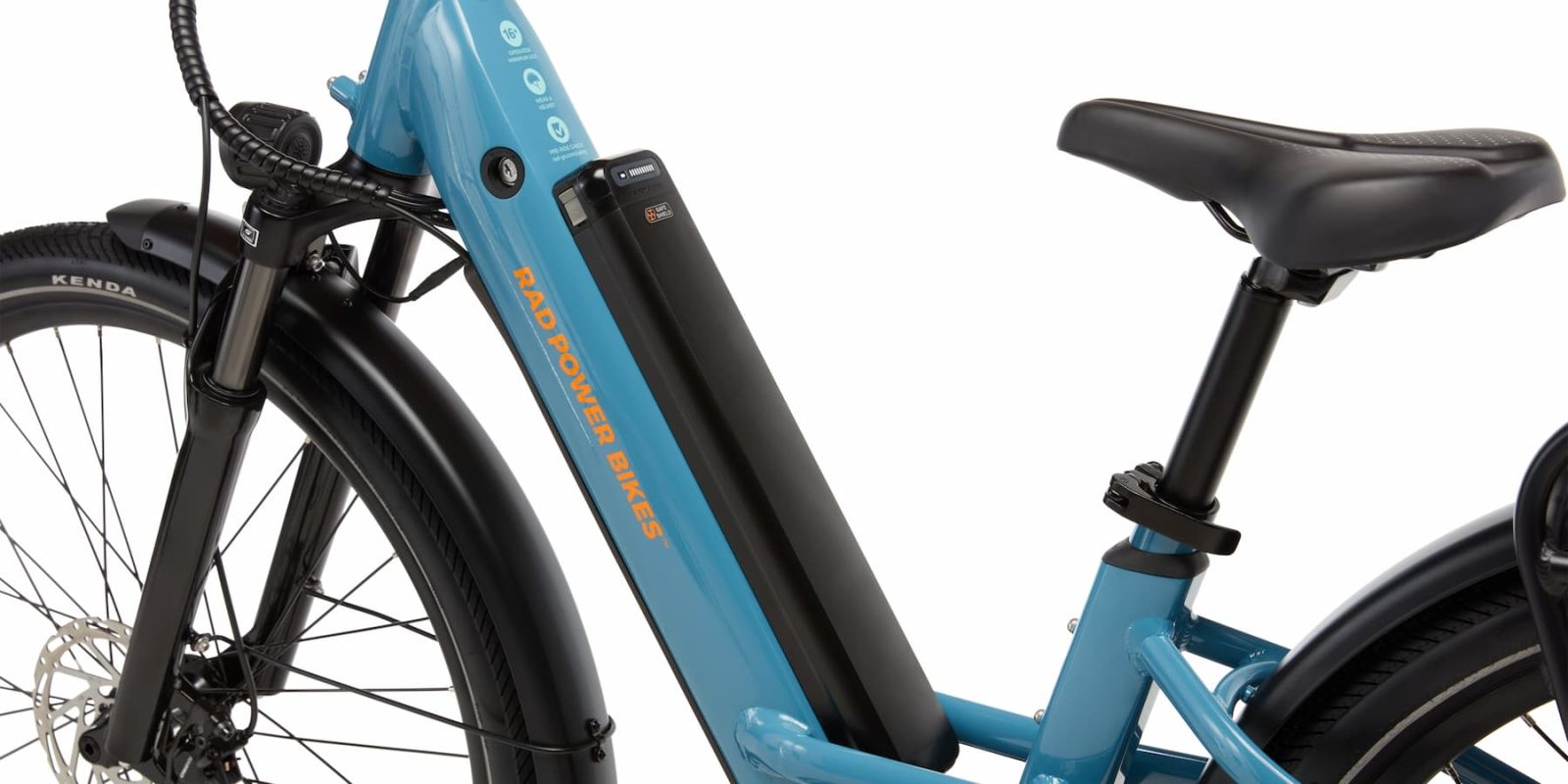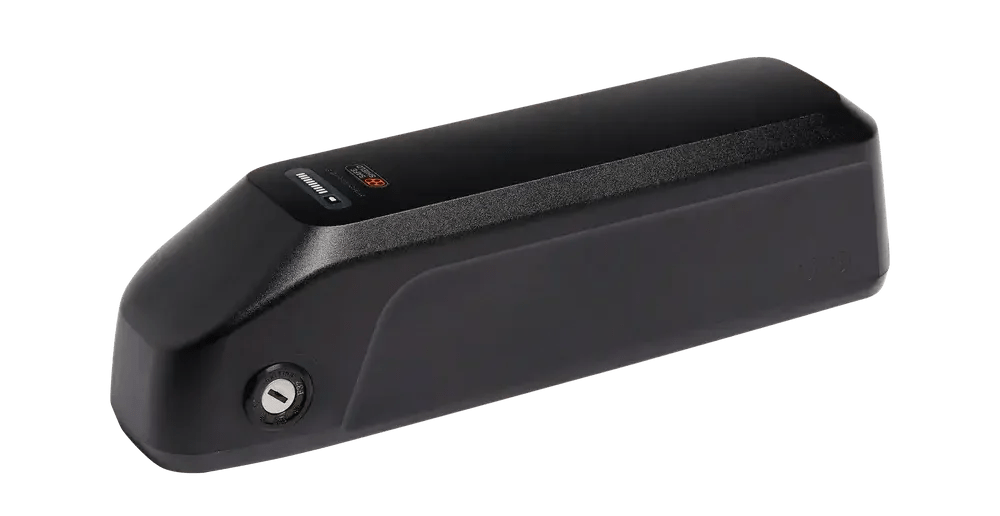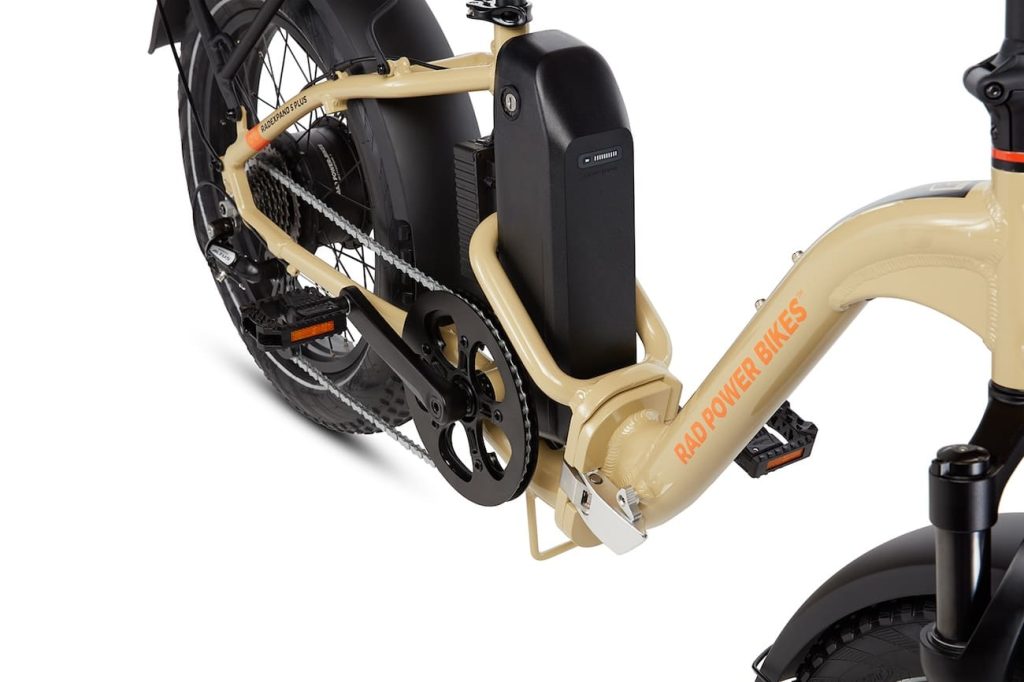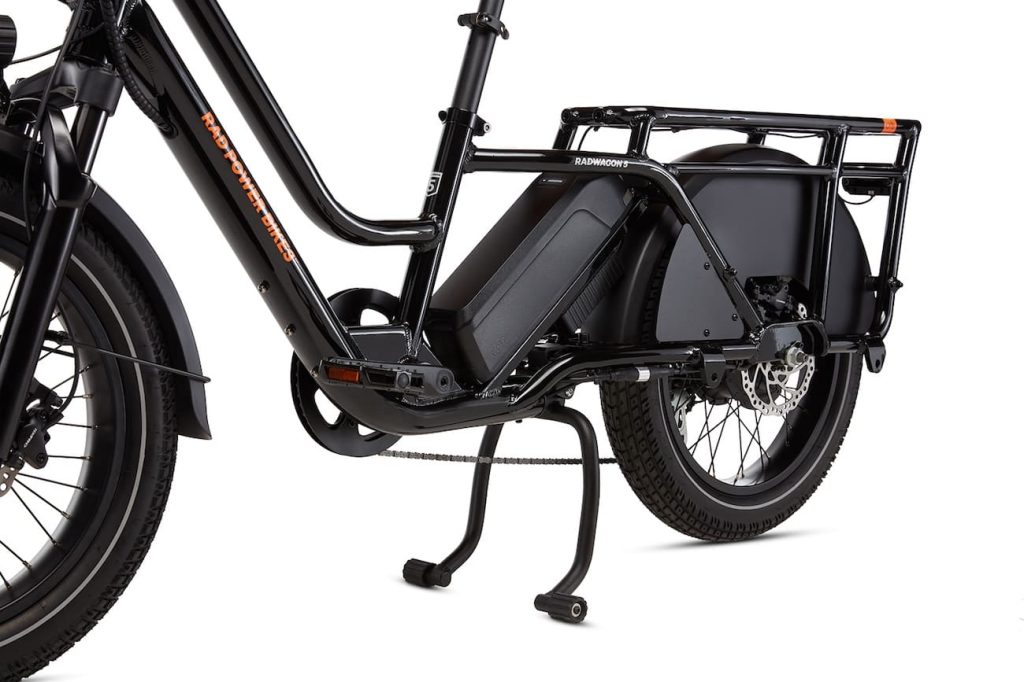
Electric bikes just may be the biggest transportation revolution of our generation, helping millions replace car usage with more affordable, more efficient alternatives. But there’s no denying that concerns have been swirling about the safety of e-bike batteries, even if such fire fears have primarily been overblown by much of the media.
Leading electric bicycle maker Rad Power Bikes has just unveiled its new “Safe Shield Battery” in an effort to mitigate worries over e-bike battery safety. And it’s something we need to talk about.
The whole underlying issue here is based on the fact that e-bike batteries are usually comprised of dozens of smaller, energy-dense lithium-ion battery cells. Those cells are similar – and sometimes identical – to the battery cells used in everything from electric cars to power tool battery packs.
The individual battery cells store lots of energy and are generally quite safe. However, danger can occur when the cells are punctured or short-circuited, with the latter often happening when water makes its way into battery packs over time. Well-made e-bike batteries use several methods to mitigate these risks, and the result is that battery fires are exceedingly rare. Even in e-bikes, which seem to unfairly receive the brunt of lithium-ion battery fire scaremongering, such fires occur in a tiny, tiny fraction of a percent of e-bikes.
To put things into perspective, New York City often gets labeled as the epicenter of e-bike fires, yet New Yorkers are somewhere around 5x more likely to die on the subway than from an e-bike fire.
However rare though, e-bike fires can and do occur in poorly made batteries or in battery packs that have been abused, damaged, or otherwise misused. And that’s exactly what it looks like Rad Power Bikes set out to solve with its new Safe Shield e-bike batteries.

The secret sauce in Rad’s batteries isn’t actually the battery cells themselves. Those are fairly standard cells like you’ll find in many other e-bike batteries. The major difference is how the battery packs are constructed.
They use a method known as potting, which basically encapsulates electronics in a waterproof resin barrier. It’s common in electronics that will live much of their lives outdoors, as it seals the sensitive components from moisture.
Remember that mosquito from Jurassic Park that was encased in tree resin amber? That’s kind of the idea with potted batteries, just with a urethane resin instead of tree sap. The battery pack already uses quality construction methods, but then to top it off, the entire thing is filled with resin that makes it impermeable to water – or intruding fingers, tools, or anything else. It’s forever sealed away from the world (though Rad says it’s still recyclable in their battery recycling program).
But it’s not just any resin, the idea is that it is also thermally insulating, which means that if one battery cell ever did go rogue and start overheating (an incredibly, incredibly rare event in well-made battery cells), the barrier would help protect any nearby cells from joining in and developing what is known as a “thermal runaway” condition that is what ultimately leads to the spread of most battery fires.

We spoke to one of the country’s leading battery experts Luke Workman on our Wheel-E podcast last year, who has often performed forensic evaluations in the aftermath of battery fires. When we asked him if there was anything that could be done to help mitigate the fire risks we were seeing in the e-bike industry, such as the widespread adoption of UL certification, he had a simple answer: “Potting.”
Workman explained that he’s performed post-fire forensic analysis on plenty of UL-certified battery packs, indicating that such certification isn’t a guarantee of safety. “You can pass UL water ingress tests with a bit of strategically placed tape over the battery seams,” he explained at the time. But potting was the truly safest method of building batteries that wasn’t intended to merely pass a certification test, but rather to actually ensure the battery cells were isolated and protected.
At the time, there was just one major company producing potted e-bike batteries, Luna Cycle, but it hasn’t gained significant traction anywhere else in the e-bike industry.
At least not until now.

Top comment by Augsburg
First, I believe many EV batteries are "potted" based on the MunroLive tear downs I've seen. At least they are encapsulated with some kind of structural "foam" which may have thermal protection properties.
Secondly, when I replaced the Bosch PowerTube battery for my e-bike, some disassembly was required to transfer the special rubber cover for the battery from the old battery to the new. In doing so, it appeared to me Bosch batteries are not potted. They are UL listed, I believe. I'm curious if RadPower just fired a shot across the bow of Bosch, who has made a big deal about battery safety and their UL listing.
With Rad Power Bikes adopting potted battery design practices, the entire industry has been put on notice. Until new technologies like fireproof solid-state batteries become commonplace, potted batteries are the single best defense against battery fires. And with one of the largest e-bike retailers in the country hopping aboard the potted train, others are all but sure to follow.
Rad has a history of setting examples that are quickly copied throughout the US e-bike industry. New e-bike models like the RadRunner spurred several copycats and jumpstarted the utility e-bike market. Rad’s expansions into several large brick-and-mortar stores pre-empted a major push by several other US e-bike companies to expand dealer networks with independent bike shops. Rad’s electric trike was quickly followed by several other competitors seeking to undercut its price.
In none of these examples was Rad the first e-bike company to make a major move, but it was the first big e-bike company to do so, and thus helped shift the industry each time. And while there’s no guarantee how the industry will react, especially in a year where e-bike sales have lagged behind the post-pandemic boom, there’s no doubt that a major e-bike maker finally adopting potted battery technology is a sign of where the industry is headed. How long it takes us to get there though, that’s anyone’s guess.

resin pouring image via: Pexels
FTC: We use income earning auto affiliate links. More.




Comments